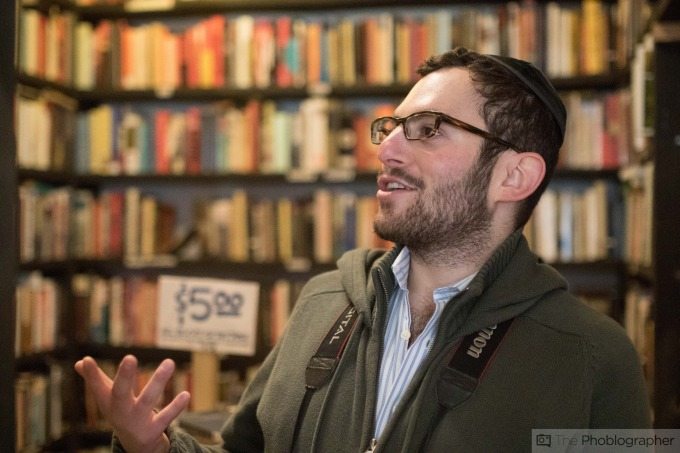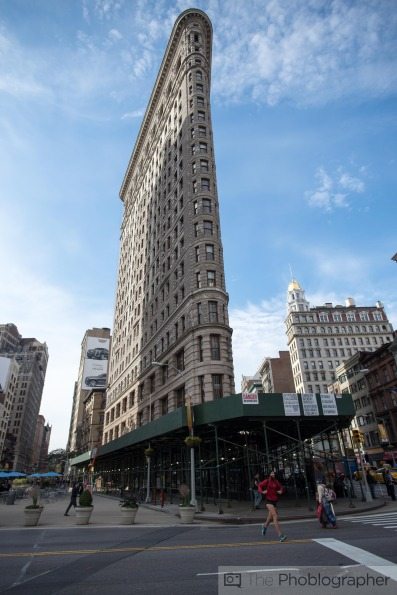Last Updated on 01/02/2015 by Chris Gampat
EVery photographer has to start somewhere; and when it comes to shooting photos every instructor will tell you to shoot in manual mode. The reason for this is because it gives you the most creative control. When combining this control with your creative ideas, you’ll be able to actually get the photo idea from your head into pixels from the camera.
The problem: learning manual controls can be difficult. But this video from CamCrunch should be able to help you get the basics down in eight minutes. The host talks about aperture, shutter speed and ISO control that provide the absolute basics.
As many of the more advanced shooters will tell you:
– Apertures (f-stop) controls your depth of field and how much light hits the sensor at its most basic. When a flash is included, it also controls how much light from the flash hits the sensor.
– Shutter speeds control how long the light hits the sensor, and therefore motion.
– ISO controls how sensitive all the other parameters are.
To supplement these basics presented in the video, we’ve included images after the jump that help to illustrate the basics of Manual Image Exposure.
Aperture
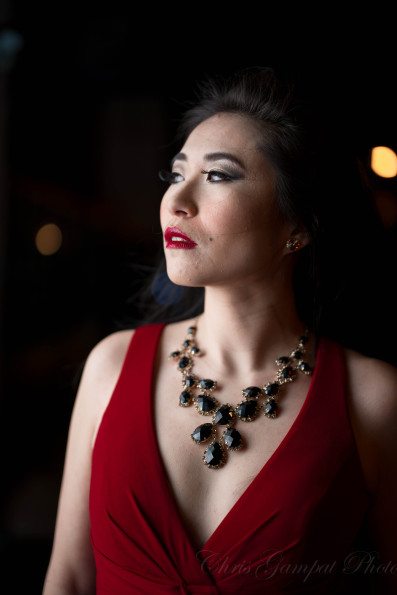
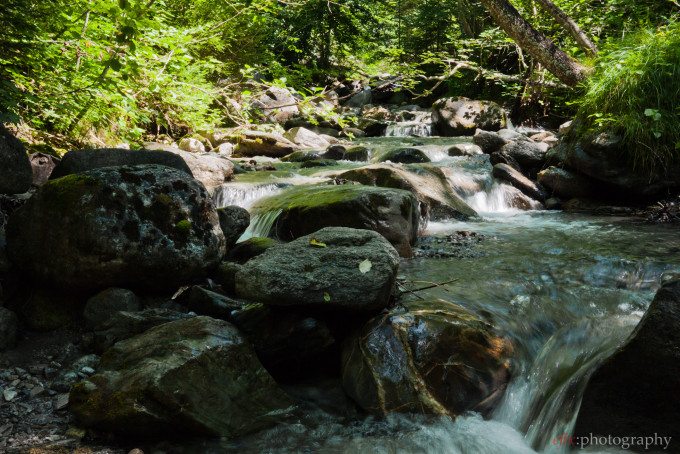
Shutter Speed
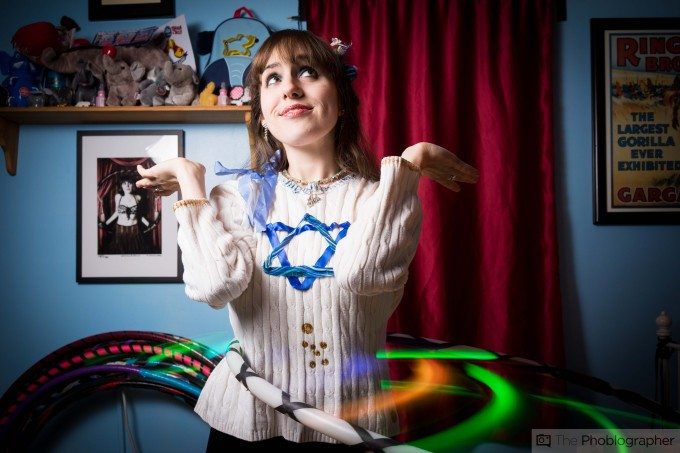
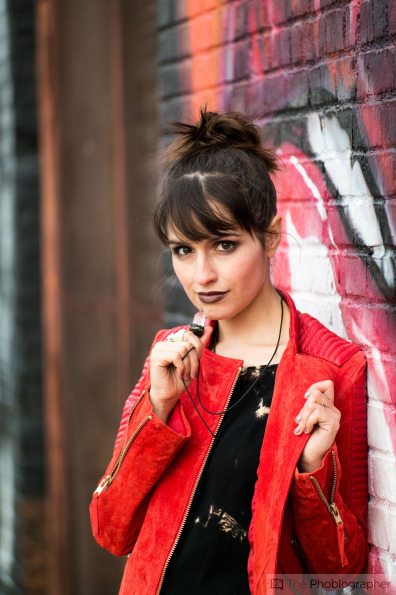
ISO
